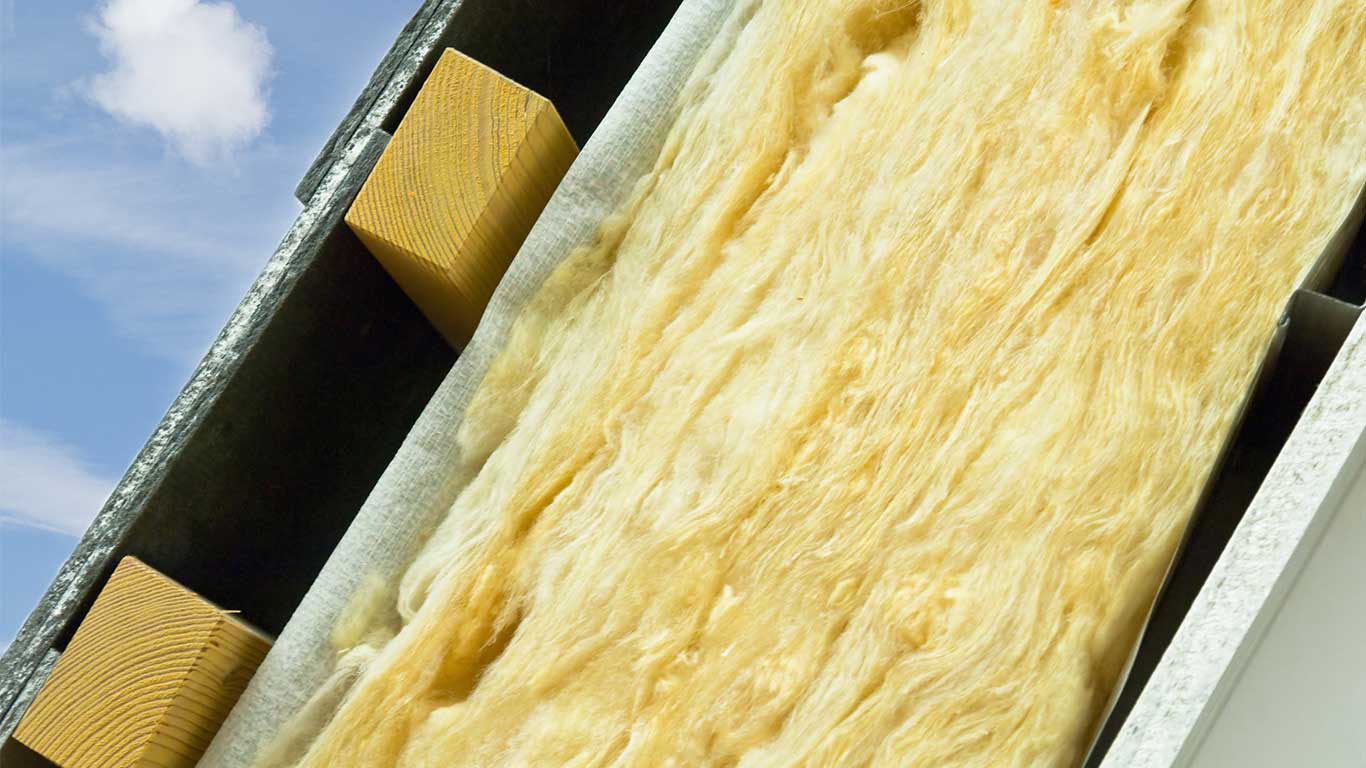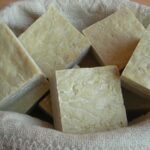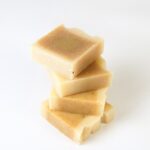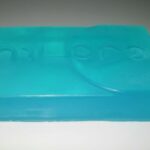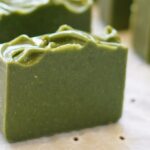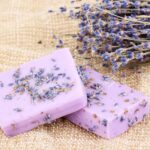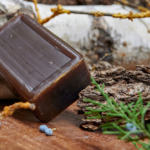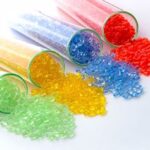- On the attic floor or against the roof?
- The under-roof
- Air screen
- The vapor barrier
- The different insulation materials
- Roofing elements
- The Sarking Roof
- What should be taken care of when placing?
- Injected roof insulation
There are several methods to insulate a pitched roof: on the floor, against the roof, using prefabricated elements, a sarking roof, or injected insulation. Here are a few points of attention.
On the attic floor or against the roof?
If you do not use de the attic frequently, insulation will be placed on the attic floor. This prevents the heat from the underlying rooms from rising to the attic. If you use the attic frequently, the insulation will be applied against the roof.
The under-roof
The under-roof is an additional protective layer between the insulation material and the roof covering. It protects the structure when the roof covering is not yet in place. It functions as a barrier against dust, wind, powdery snow, and water infiltration.
What are the requirements for the right roof underlay? It must be watertight but vapor permeable. Otherwise, there is a risk of condensation. The under-roof is placed on rafters, and the battens are nailed on top. It must lead to the gutter so that the water can be drained off. Avoid horizontal joints as much as possible.
There are different materials for under-roofing:
- Pvc plates :
- Double-walled plates are preferable to single-walled plates.
- Pvc plates are more interesting in terms of price and placement than fiber-cement plates.
- They may collapse under the effect of heat.
- Pvc membranes:
- Unperforated membranes are not recommended as they are not vapor permeable.
- On the other hand, the perforated membranes are vapor permeable, but only if the perforations do not become blocked.
- Fiber-cement plates :
- More expensive, but on the other hand, very vapor permeable and completely waterproof.
Air screen
Airtightness is very important: if your roof is not airtight, the quality of the insulation decreases considerably. The insulation panels must be perfectly joined (no open joints). All connections with a runner, ridge purlin, walls, etc., must be perfectly executed. Cover the insulation material with an airtight screen (membrane). Do not leave any free space between the membrane and the insulation. Under no circumstances may the air screen be torn or punctured. The membrane joints and fittings with the wall must be carefully fixed.
The vapor barrier
Please do not confuse it with the air screen: the air screen is always necessary, while the vapor barrier is only above damp and hot rooms. The same materials are used, but a vapor barrier is also vapor tight. The function is different: the vapor barrier stops humid indoor air to prevent condensation from forming on the cold side of the roof. A common mistake: the screen is placed on the cold side, whereas it must be placed on the warm side.
Please note: the under-roof must be vapor permeable, while the vapor barrier must be vapor tight. How is it possible? Tiny amounts of water vapor always pass through the vapor barrier and must be collected by the under-roof.
The different insulation materials
You can choose from a wide range of insulation materials: mineral wools, synthetic materials, cellular glass, natural and reflective materials. The table provides an overview of the different insulating materials and their insulating properties.
| Insulating materials | Lambda value (W/mK) |
| Linen | 0,038 |
| Hemp | 0,038 à 0,042 |
| Paper flakes | 0,035 à 0,040 |
| Wood Fibre | 0,037 à 0,040 |
| Cork | 0,038 à 0,040 |
| Sheep wool | 0,035 à 0,040 |
| Straw | 0,056 |
| Perlite | 0,051 |
| Vermiculite | 0,053 |
| Cellular glass | 0,036 à 0,058 |
| Silicate foam granules | 0,040 |
| Glass wool | 0,031 à 0,044 |
| Rock wool | 0,031 à 0,044 |
| EPS | 0,031 à 0,045 |
| XPS | 0,028 à 0,038 |
| PF | 0,018 à 0,020 |
| PUR | 0,023 à 0,028 |
| PIR | 0,021 à 0,026 |
Roofing elements
The prefabricated elements include a lattice fixing for tiles (or battens), an under-roof, a supporting structure, an insulation layer, and an interior finish. This method is more expensive to purchase materials in comparison with the traditional way, but the supplement is recovered thanks to the saving of time. There is also a decrease in execution errors (factory production).
There are two types of prefabricated elements: sandwich elements and boxes. A sandwich element is a waterproof chipboard panel that is still fixed above the insulating layer. As for the boxes, the insulation is placed on the upper side. Underneath, the roof elements are coated with a white topcoat that can eventually be painted, wallpapered or filled.
You place the elements directly on the purlins (beams parallel to the ridge of the roof), and therefore not on the rafters, as is the case with traditional roofing. Seal the joints between two roofing elements (p. ex. using polyurethane foam).
The Sarking Roof
The Sarking method is an insulation system where the different phases of the classical insulation method (under-roofing, thermal insulation, installation of battens and counter-battens, stabilization of the structure, vapour sealing) can be carried out in a single operation. The sarking roof combines all the elements that until now have been placed separately for sloping roofs, where the insulation is fixed above the supporting structure of the roof and not between the rafters as in the case of a traditional roof.
The main advantage of the method is that thermal bridges can be more easily avoided. You have less risk of thermal bridges because the insulation is continuous and an insulation board insulates better than wood, and also less chance of incorrect placement. The lumber is under the insulation and has extra protection. There is no loss of space inside since there is no more insulation inside. The aesthetic advantage? The wooden structure on the inside remains visible and is well highlighted here. The Sarking roof is interesting for renovations: the existing interior finish must not be removed. Disadvantage? The Sarking method is more expensive than the traditional insulation method.
What should be taken care of when placing?
Good roofing insulation goes hand in hand with proper placement. But, unfortunately, mistakes are frequent.
Error 1: air gap between the insulation and the roof underlay
Error 2: lack of insulation
Error 3: lack of air and vapor tightness
Error 4: cracks, poorly executed connections or thermal bridges
Error 5: do not settle, the insulation is made of still air
Error 6: unsuitable materials
Error 7: bad advice or no advice
Injected roof insulation
Injected roof insulation is generally applied in renovations, but increasingly in new construction. The insulation is based on polyurethane (PUR) which is injected between the beams or, in the case of renovation, directly onto the tiles. Since PUR adheres very well, you get a seamless insulation jacket that is entirely waterproof. PUR has a very low lambda value and should, therefore, only be applied in a thinner layer to achieve the same insulating value compared to other insulating materials. The risk of thermal spots is much lower. The disadvantage? This technique is not within reach of the do-it-yourselfer and is also more expensive than traditional insulation methods.
If you wish to buy insulation materials from Turkey, please do not hesitate to contact us by mail at [email protected] or to call us at +90 532 361 5149. We can help you to get in direct contact with producers or provide you everything that you need.
